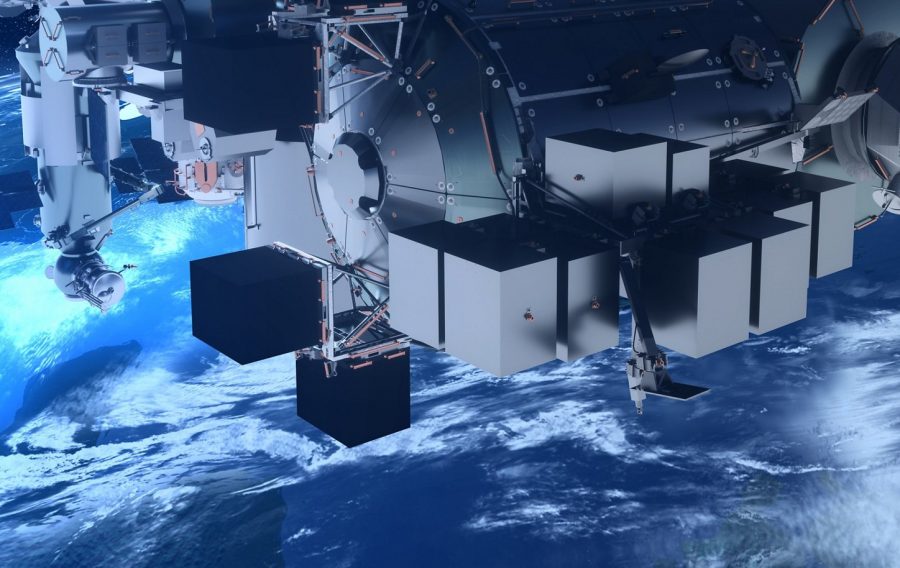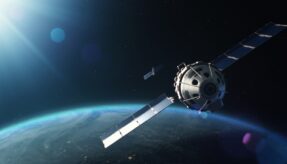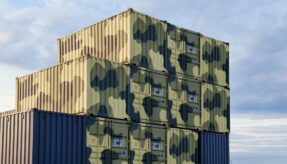
The European Space Agency (ESA) has booked a payload slot on the Airbus Bartolomeo platform aboard the ISS to study plasma density in Earth’s atmosphere.
The ESA has booked a payload slot aboard the ISS (International Space Station) to allow a Norwegian instrument to monitor plasma density in Earth’s atmosphere on the Airbus Bartolomeo platform. The platform can accommodate up to 12 different experiment modules, supplying them with power and providing data transmission to Earth.
Bartolomeo is suitable for many different experiments. Due to the unique position of the platform with a direct view of Earth from 400 kilometres, Earth observation including trace gas measurements or CO2 monitoring of the atmosphere are possible, with data useful for climate protection or for use by private data service providers.
The Multi-Needle Langmuir Probe (m-NLP) is an instrument from the University of Oslo and the Norwegian company Eidsvoll Electronics to measure ionospheric plasma densities. It will gather valuable data from the equatorial and mid-latitude ionosphere, enabling the study of the dynamic processes in this region in unprecedented detail.
The mission is financed through the ESA PRODEX programme and supported by ESA’s Directorate Human & Robotic Exploration. The payload is scheduled to launch on ISS resupply flight NG-14 in October 2020 and will be the first payload to be installed on the Bartolomeo Platform outside the European Columbus Module.
Together with UNOOSA (United Nations Office for Outer Space Affairs), Airbus is currently inviting tenders for further research opportunities on the platform, in particular, to enable research institutions from developing countries to participate in scientific space research. Bartolomeo is developed on a commercial basis by Airbus using its own investment funds and will be operated in cooperation with ESA.
If you would like to join our community and read more articles like this then please click here.








